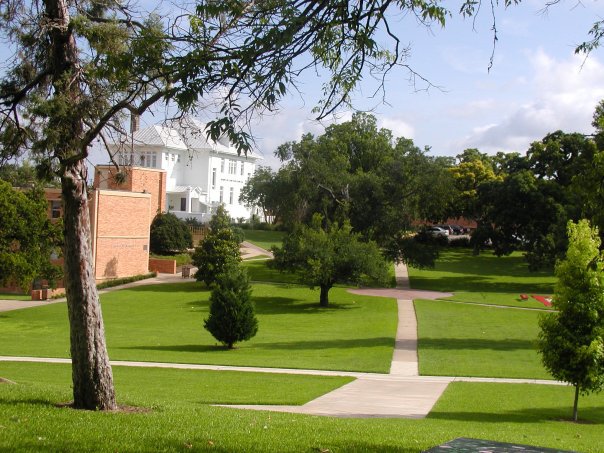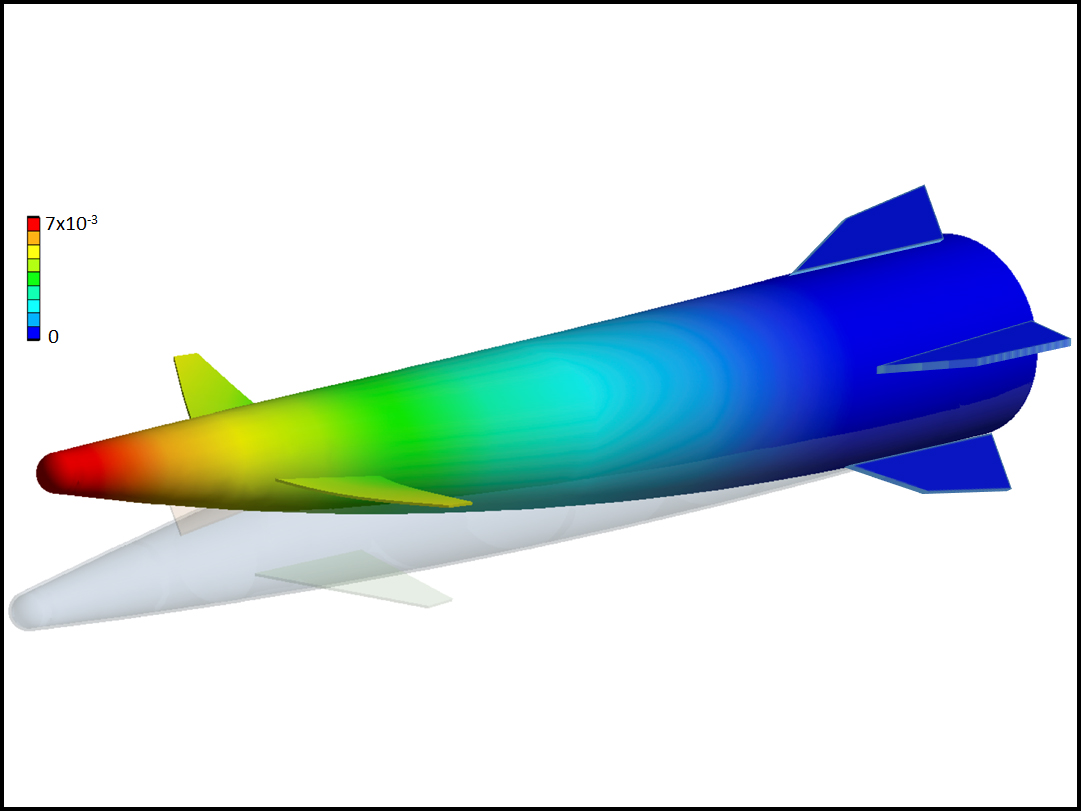Students at Huston-Tillotson University now have the option to take a new course in computational engineering. The course, Computation for Aerospace Engineering, is being offered for the first time this spring 2022 semester, and was developed in collaboration with faculty at the Oden Institute for Computational Engineering and Sciences and the Cockrell School of Engineering at the University of Texas at Austin to allow students to learn skills and applications in computational engineering. Engin Topkara, Associate Professor of Mathematics and Physics at Huston-Tillotson University, will be the instructor of the course.
In December 2020, a major project led by UT Austin in collaboration with the University of Michigan, UT San Antonio, Huston-Tillotson University and Sandia National Laboratories was launched. The three-year project, called FAST: Full-Airframe Sensing Technology for Hypersonic Vehicles, is funded by the Air Force Office of Scientific Research (AFOSR) and NASA under the University Leadership Initiative and is led by Noel Clemens of UT Austin’s Aerospace Engineering and Engineering Mechanics Department, with the Oden Institute Director, Karen Willcox, and AE’s Jayant Sirohi as Co-PIs.
The goal of the project is to redefine sensing and analysis of hypersonic vehicles by treating the vehicles themselves as sensors, analyzing changes to the shape of the structure during flight tests, and using that information to infer where force is being applied. Having better information about forces over the vehicle surface means that design and operational decisions can better protect and control the vehicles.
As part of the FAST project, the Oden Institute is collaborating with Huston-Tillotson University (HT), a local HBCU (Historically Black College or University), to design a new computational engineering undergraduate course that will prepare students for research internships in the field. Over the past year, Oden Institute and Cockrell School faculty have assisted HT faculty in the development of this course by giving guidance on the curriculum. The spring 2022 semester marks the first cohort of students to take this new computational engineering class.
“This new course development has been exciting for us because we’ve been able to enrich our curriculum and enhance our faculty expertise in ways that will serve the FAST project over the next few years and allow us to sustain similar collaborations moving forward,” said Amanda Masino, Chair of Natural Science at HT and director of HT's STEM Research Scholars program, which provides science, technology, engineering and math majors with research experience and mentoring.

